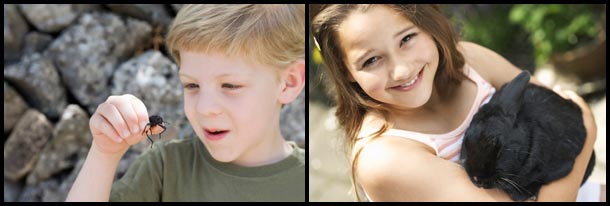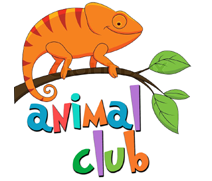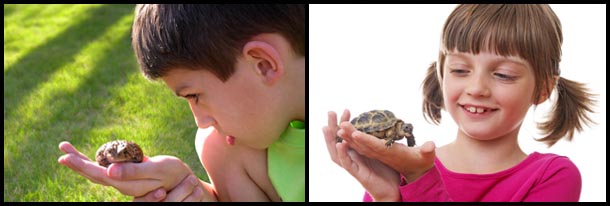Geckos are wonderful animals and come in all shapes and sizes. Here are the pros and cons of keeping some of the most well known gecko species.
Geckos are well known for being cute, quick and having sticky feet. However, leopard and crested geckos have a big difference- one is terrestrial (ground dwelling) and one is in fact arboreal (climbing species). This already makes a big difference in the handling of both species.
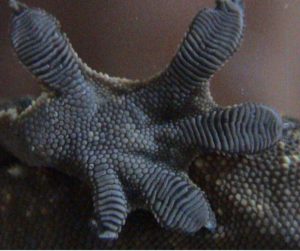
Wonderful sticky pads:
Crested geckos, gargoyle geckos and day geckos are the most commonly kept sticky footed geckos. A few other smaller options that may catch your attention are wacky viper geckos or teeny tiny mourning geckos.
(A mourning gecko) 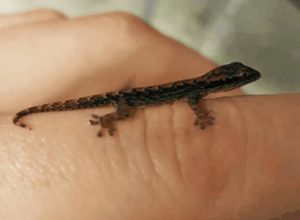
For handleability crested geckos are tonnes of fun. Gargoyle geckos are very similar as far as care goes. These creatures sticky feet also comes with a want/ need to climb and quick little jumps. As a result, this makes them magnificent fun to observe but jumps may intimidate novice keepers.
Terrestrial handling
Terrestrial geckos are smooth, lack sticky feet and prefer to stay grounded, because of this they are less likely to jump. Nevertheless, these geckos can still be flighty at times but easily tamed down. Species range from African fat tailed geckos to the common leopard gecko. Some rarer species include frog eyed geckos and cave geckos (a stunning species!)
A frog eyed gecko is pictured below:
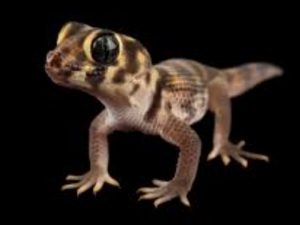
With all types be careful of the tail as geckos can let this go! Get the gecko used to gentle handling over time.
Handleabilty;
A lot of people want geckos depending on how handeable they are and this really can make or break keeping geckos for some people. If you are after a handable species then the crested, leopard and African fat tail are in the top 3 due to how docile they can be.
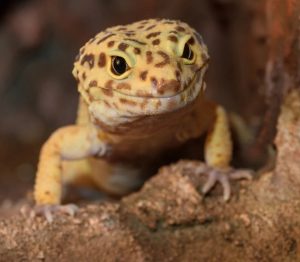 a leopard gecko is pictured above.
a leopard gecko is pictured above.
The gargoyle is also becoming popular so you may get lucky with this species too. Cave geckos are hard to find meaning that even though they are a docile species, they may be more flighty then your more commonly domesticated species, of course this all depends on personality.
If you like the look of day geckos and frog eyed geckos then sadly they have delicate scales and are hard to handle for this reason. Some others just don’t take to handling well such as tokay geckos, as a result, a lot of species may be a ‘viewing only” species. The same applies for many micro geckos as you may just lose them, though viper geckos have been known to be okay at times.
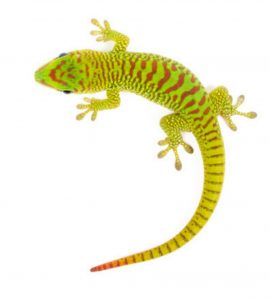 a giant day gecko.
a giant day gecko.
Temperatures:
If you are looking for something easy to keep temperature wise and just above room temperature then most geckos will (surprisingly) be a good fit. Crested, gargoyle and even cave geckos like it just above room temperature and no hotter than 80f. A good way to achieve this is a low watt heat bulb and UVB canopy above an exo terra. In the cave geckos case it will stay below 80f in a wooden viv with a UVB acting as a basking spot. Though, this all depends on your house temperature.
On the other hand leopard geckos like it much warmer, we are talking about 30c (around 90f) on average. Therefore a heat mat or heat bulb is going to be set a lot higher on a thermostat. The wattage will also be much more than the other 3 species heat bulbs mentioned above. I like to set my African fat tail gecko up with a heat bulb on during the day and a thermostat controlled heat mat at night.
Remember before buying any reptile all heat and humidity requirements must be thoroughly researched.
Humidity:
Humidity differs between species and so some animals need more mist spraying than others.
Desert species or dry area geckos like leopard geckos are usually around 30% humidity whereas rainforest or cave and humid geckos like crested geckos are about 60-80% humidity. Some geckos rely on water droplets to stay hydrated and so keeping them misted a couple times a day is essential for their health.
Enclosure:
Enclosures for geckos are usually 3ft as a requirement. Fat tail geckos and leopard geckos are best in 3ft wooden vivs to retain heat.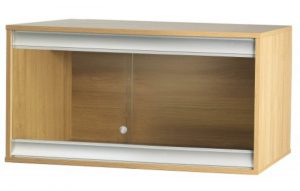
Tiny geckos can get away with smaller enclosures such as a 30x30x30 inch arboreal for a couple mourning geckos. Crested geckos are best in a arboreal exo terra.
As a rule if thumb arboreal species need a tall vivarium whereas ground dwelling species need floor space so width matters most. Another rule of thumb is that hot species are best in wooden vivariums. On the other hand cool species are best in glass vivariums. Cool species can do well in wooden vivariums if they only have extremely low heat sources that only turn on when necessary. On the other hand glass vivariums would need a higher heat source too.
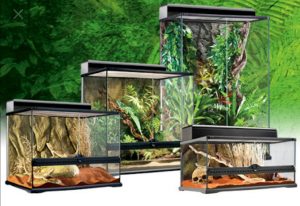
Conclusion:
Geckos come in a variety of colours and personalities. Some are easier to care for than others, some more handable too but all beautiful in their own way!
Animal club provides animal parties or animal handling workshop where your will be able to see, learn and interact with the rabbits and other wonderful animals with the help of our presenters. Our mobile zoo has many friendly animals such as hamsters, tarantulas, geckos, vinegaroons and more that will be perfect for an animal party. We can also come over to your school for an animal school visit or arrange for an animal workshop with us where the children can learn about animals and have fun too.
If you want to also learn about the wonders of the universe Wonderdome mobile planetarium offers an incredible immersive learning experience.
